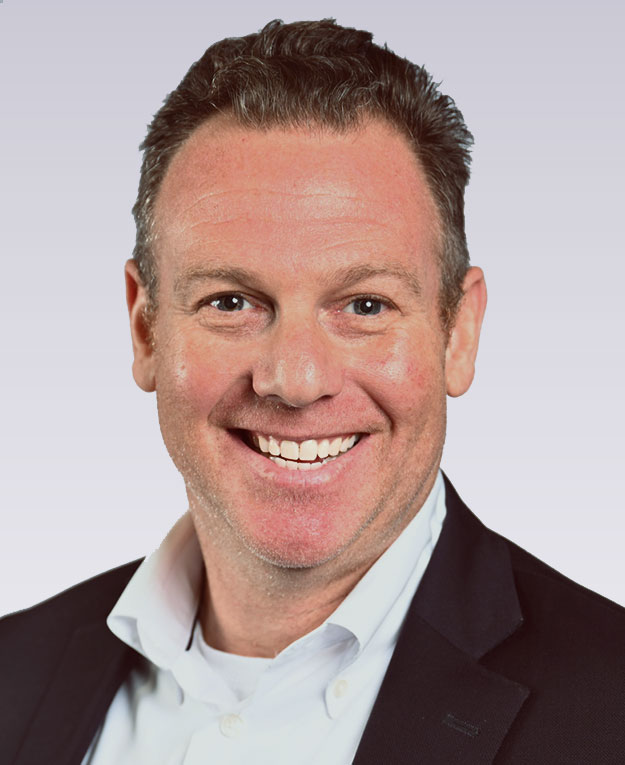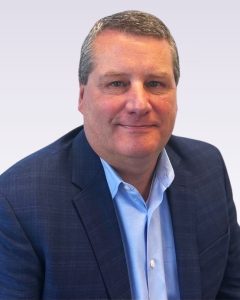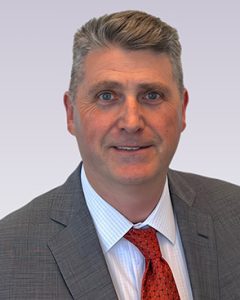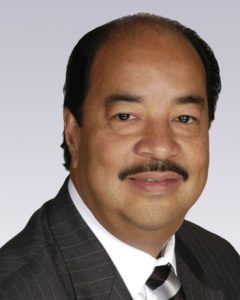Last year we moved (locally), and as everyone knows, it’s usually a stressful and generally not very fun activity, even when it goes well. Doesn’t everyone generally try to avoid moving if they can? (Sidenote: This appears to apply to everyone except my daughter, who briefly considered moving this summer ‘just for something new!’)
For us, the process of moving out of our old home and moving into another home provided an opportunity for us to clean up and get rid of unneeded stuff. I made countless trips to Goodwill and sold many items on Craigslist. But I made the most trips to the Fairfax County I-66 Transfer Station, or ‘The Dump.’
Before, during, and after our move, I probably made 50 runs to the Dump – getting rid of stuff from our old house and throwing things away once we got to our new house. Some was our old stuff, and some was yard cleanup at the new house. I used my car or trucks from U-Haul and Home Depot for the big stuff. I got very familiar with the route (13 miles from my house) and what truck to use for what. (FYSA, U-Haul charges by mileage, and Home Depot charges for time). I also learned where different stuff goes in the dump and how it’s different on Sundays than on other days (only residential vehicles allowed). But I’m getting off topic . . .
The main reason I thought to write this piece is an interesting phenomenon I experienced during all those runs to the Dump. No matter the day, time, or vehicle I was using to drop stuff off, the employees at the Dump were always friendly, helpful, and appeared to be genuinely enjoying their work. I was continuously struck and surprised at how nice they were to all the folks dropping off their trash.
This made me think that there had to be something larger at play – the organization and the leadership had created a working environment (culture) that folks clearly enjoyed, and it showed in how all the folks acted. There was no way this was a coincidence, and this wasn’t some bunch of teenagers at a fast-food restaurant giving you a company spiel. I don’t know how it came to be that way, but I must believe it has something to do with how the organization’s leadership sets an example and trains its employees. These folks clearly have some great perspective. In an environment that is not always pleasant (who wants to be around trash all day?), this organization has succeeded in making what could be a negative experience into a pretty positive one. Kudos to Fairfax County for getting this right.
Some Takeaways from this Experience:
• Leadership sets the tone at any organization, and we have a choice as to what kind of tone we want the organization to embody on a day-to-day basis. Having the right perspective and being positive about whatever we have in front of us can move an organization forward. (Or hold it back if the opposite is true).
• Despite the ease at which you can acquire material possessions these days, with Amazon stopping at my house very regularly, you can generally get by with less stuff than you think. As a leader in a small business, we need to make smart choices and look to maximize our investments where we can. As a people (professional services) business, the biggest and most important investments are in our people.
• Try to focus on (and put effort towards) things you can control and try not to worry about the things you can’t. At a small business, we’ve got to focus on our strategy and the things that we believe will make us successful. Don’t waste time on things that will distract us from our goals.
• Relationships are probably the most important asset you have. Focus time on building and maintaining them – with colleagues, clients, and partners. As a wise CEO once told me, your relationship with the program office is the most important piece of the deal.
• Finally, one last note about perspective. If you ever feel stuck, try changing your perspective – by going to a new location or stepping away to do something else for a while. I’ve had the chance to do some traveling this summer – to new client work locations in Raleigh, NC, Cincinnati, OH, and to visit family in Boston, MA. I always find that some of the biggest benefits of traveling are the perspective you gain and the appreciation you get for home.
About the Author, Ben Marglin
Ben Marglin is Vice President of Business Development at Centennial Technologies, focused on developing and leading the growth strategy for Centennial. With over 25 years of experience in public sector management and technology consulting, Ben’s strengths include building strong client relationships with both existing and prospective clients, and serving as a people leader across the organization. He helps promote a strong and healthy company culture. Ben leads the growth team to identify and capture new opportunities across the business development lifecycle, working to expand Centennial’s business in the Federal and commercial space.
Ben’s areas of expertise include digital strategy and transformation, acquisition, change management, and IT program management. He has a master’s degree in public policy from Duke University, a bachelor’s degree from Colby College, and has professional certifications in Program Management (PMP), AWS Cloud, Agile (SAFe and ICAgile), Change Management (CMAP), ITIL, and Technology Business Management (TBM). Ben lives in Northern Virginia with his wife, son, and goldendoodle Sophie, and when he’s not doing yard work, he enjoys golf, running and biking, and following his native Boston sports teams. You can connect with him on LinkedIn or Twitter.











